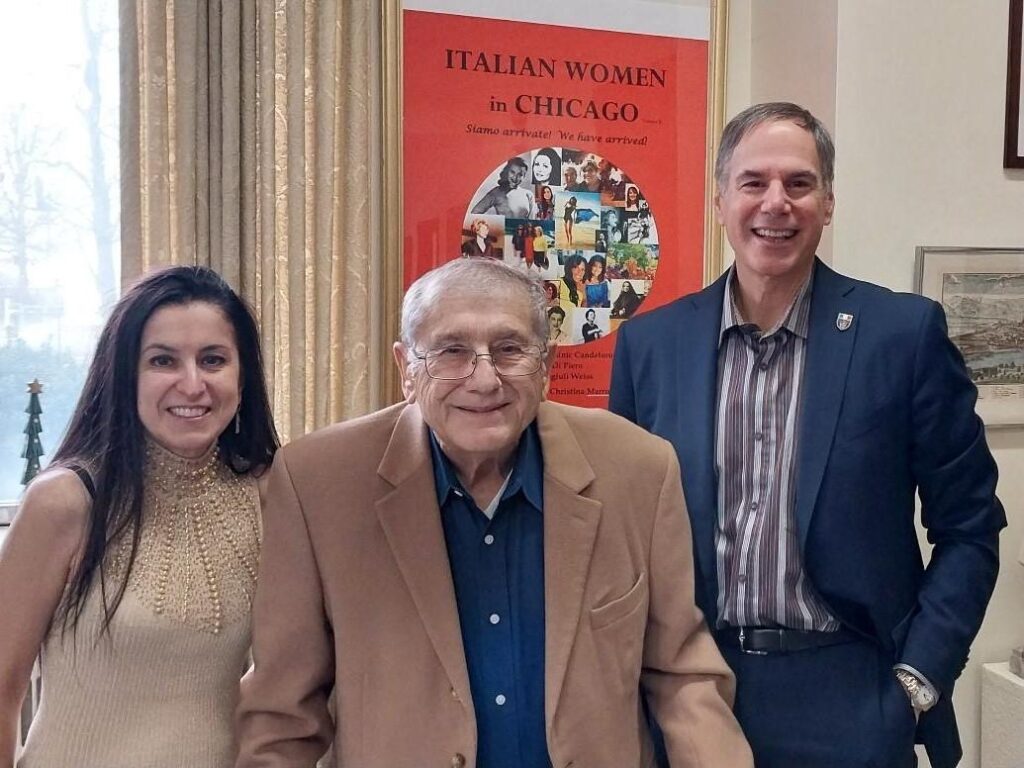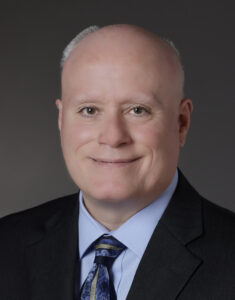In 2006, our Institute co-produced a 60-minute documentary, shown on both local PBS/Channel 11 and NBC/Channel 5, called, And They Came to Chicago: The Italian American Legacy. As the title suggests, it highlighted the 150-year history of Italians in the Second City.
Actually, co-produced is too modest a term. It was partially a one-man show: I personally set up meetings with PBS brass, hired the filmmaker (a sort-of cousin through marriage), gave the filmmaker a list of talking heads (she used 95% of them), took her to dinner events in the community to help fundraise, researched much of the material, and worked with Chicago media both during and after the film. It ran twice in 2007, to limited success.
It could have run indefinitely over the past 17 years if not for one factor: The Italian American filmmaker (who shall remain nameless) stole it from us. She edited our name from the DVD and continues to promote the film as if it were her idea. That she did a fine job is undisputed. She deserves credit.
But she also deserves a date with Dante. Vergogna!
The filmmaker on And They Came to Chicago was born in the Windy City. Other than her filmmaking finesse, this Italian American woman does not correlate to the other women profiled in the new book, Italian Women in Chicago, Volume II: Siamo arrivate! (We have arrived!). I bring this up as a point of comparison: the women in this volume exude integrity and humanity.

and Frank DiPiero, editors of Italian Women in Chicago, Volume II
A sequel to Italian Women in Chicago, Volume I (published in 2013), the latest edition is again co-edited by a local Chicago treasure, Professor Dominic Candeloro, whose research books provided much of the background for And They Came to Chicago, and whose Ph.D status helped greenlight the DVD.
Candeloro was joined this time by a new co-team of passionately committed individuals: Anna Angiuli Weiss and Frank DiPiero. Both are selfless volunteers at Casa Italia in Stone Park, IL as well as respected leaders in their own fields of endeavor (science and business, respectively).
This triple threat has produced a gem.
I had no idea a second volume on Italian women in Chicago was even in the works until I was approached and asked—based on my previous experience with the Chicago film—if there were any known or unknown Italian women in Chicago whom could be profiled. This gave me the opportunity to further expand upon Vivian Della Chiesa, mentioned only casually in the DVD. She was an opera star and frequent TV performer known to millions.
It also inspired me to do more research on women I came to learn about in the preceding 17 years, such as Margaret Vinci-Heldt (creator of the beehive hairdo in the 1960s); Carmelita Pope (an actress and TV spokeswoman whose best friend while growing up in Libertyville, IL was Marlon Brando—yes, that Marlon Brando); Carol Lawrence (born Carol Laraia), the first Maria in the 1957 Broadway production of West Side Story; and actress Mary Elizabeth-Mastrantonio, who earned an Academy Award nomination in 1986 for her work in the Paul Newman/Tom Cruise film, The Color of Money.
The best element of Italian Women in Chicago, Volume II is its breakdown of categories. The above-mentioned women fall under the rubric of “Popular Culture.” Yet the richness and variety of what Italian women in Chicago achieved is reflected via the book’s chapter headings.
These include “Entrepreneurial Spirit” (Mamma Celeste pizzas); “Activism” (Florence Scala, who took on Mayor Daley in the 1960s over the destruction of the city’s Little Italy); “Spiritual Life” (Mother Cabrini, who died in Chicago, and whose veneration as the first American saint in 1946 drew over 100,000 worshippers to Soldier Field); “Saving Our Stories” (tributes to triumphant immigrant successes, post WWII); and many, many more.
And did you know that there was a society of wealthy Italian American women in Chicago at the turn-of-the-century called the Maria Adelaide Club? Like the White Hand Society profiled in And They Came to Chicago, comprised of wealthy Italian American civic leaders who pooled their financial resources to fight Black Hand criminals in slum neighborhoods, the women in the Maria Adelaide Club used their resources to assist newer, poorer Italian immigrants.
Available on Amazon.com, Italian Women in Chicago, Volume II is a fantastic book-end to the previous edition. It belongs on all proud bookshelves.
Bottom line: Italian women not only came to Chicago—they did some amazing things once they decided to stay. We owe it to them to learn their stories. -BDC




I am so honored to have been a part of this. Hope it brings awareness and inspiration to all of us today and in the future. It is very important that “We” right our stories because if “We” don’t, who will?
Thank you
To the Italian women of Chicago, from a 95 year old Italian woman from New York: you’re wonderful. Keep up the good work. God bless.